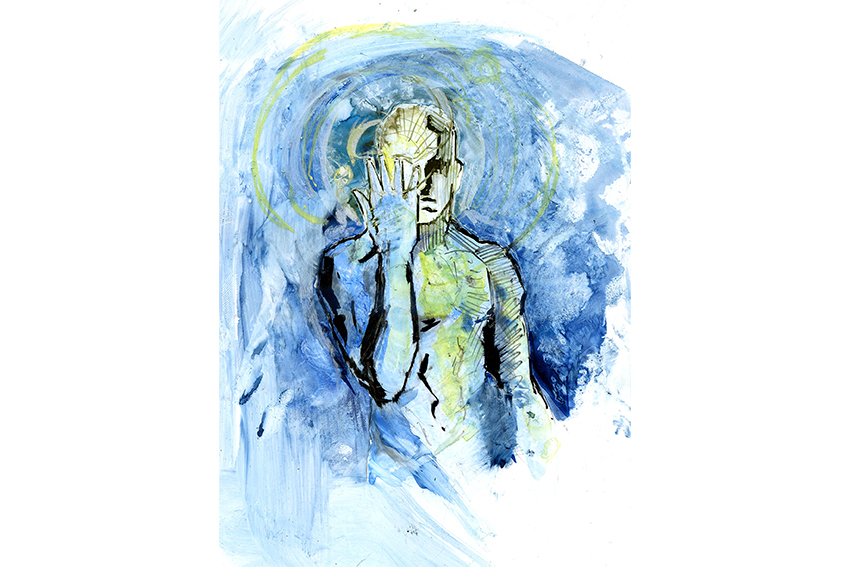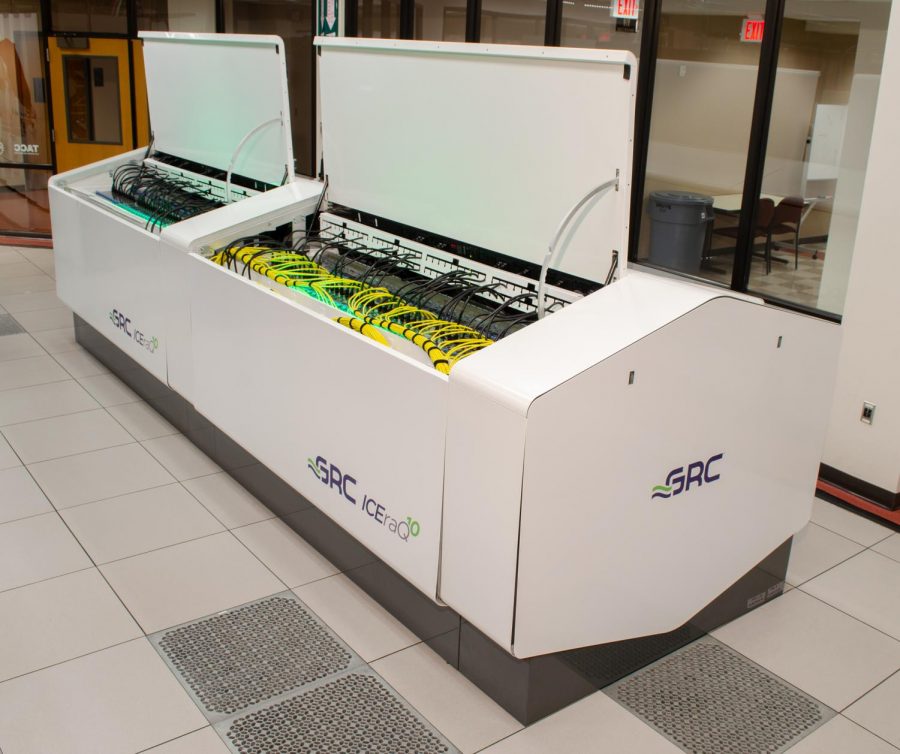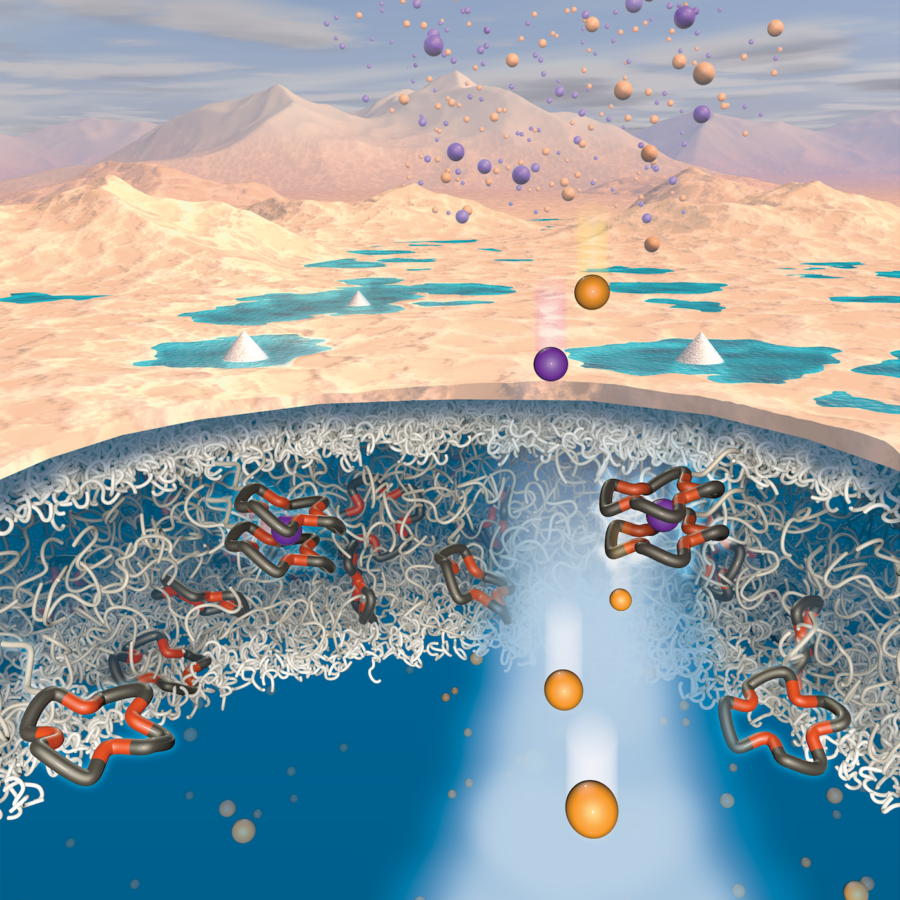Individuals combating incurable visual diseases and impairment may detect a glimmer of hope in overcoming often uncomfortable and damaging artificial eye implants with a newly designed, ultra-thin retina made of 2D materials.
UT researcher Nanshu Lu partnered with Dae-Hyeong Kim of Seoul National University to develop the thinnest artificial retina ever reported, equipped with the potential to drastically alter current visual restoration technology, according to the American Chemical Society (ACS).
The retina is the nerve layer lining the back of an eye and is important for sensing light, according to MedlinePlus. The artificial retina converts light into signals that can be transmitted through the optic nerve and interpreted by the brain, restoring vision, Lu said.
“For healthy people, the retina should automatically convert optic signals to electrical signals to send to our brain,” Lu said. “But blind people have lost this kind of capability. That’s why we use artificial retinas … to intentionally stimulate the optic nerve such that the brain can still receive the signal. It basically tricks the brain.”
The artificial ultra-thin retinas designed by researchers are made of materials, such as graphene, or a thin layer of graphite, and a chemical compound called molybdenum disulfide.
The retinas lack any 3D materials like silicon, Lu said, making them atomically slim as they are often only 0.3 nanometers, or one layer of atoms, thick. The total diameter of the retina is one micron, or one hundredth the diameter of a piece of hair, Lu said. The researchers found that the thinness makes the retinas extremely flexible and better able to adhere to the curvature of the eye.
“Our biological retina is very soft and circular, so once the silicon retina is implanted it’s going to significantly distort our eyeball and therefore damage the optic nerve,” Lu said. “That’s why we are introducing 2D materials.”
According to Lu, previous iterations of the artificial retina are rigid, flat and fragile and this can cause long-term damage to the eye.
“The soft mechanical property of a subretinal prosthetic device was greatly helpful to minimize the long-term induced stress to retinal neurons,” Kim said. “This dramatically improves long-term biocompatibility of the implanted prosthesis (artificial part). Lu’s help was very important in designing and analyzing the mechanical effects of the implanted device to the eye.”
Lu and Kim said this technology is still in its infancy, and requires a lot more work until it becomes commercially available. Kim says finding an industrial partner who can develop an engineering prototype of the current device will be key in moving forward.
“This is still at a proof-of-concept stage, so there is still a lot of work to do,” Lu said. “This is just the first step. But this is still the most flexible artificial retina ever created.”





















